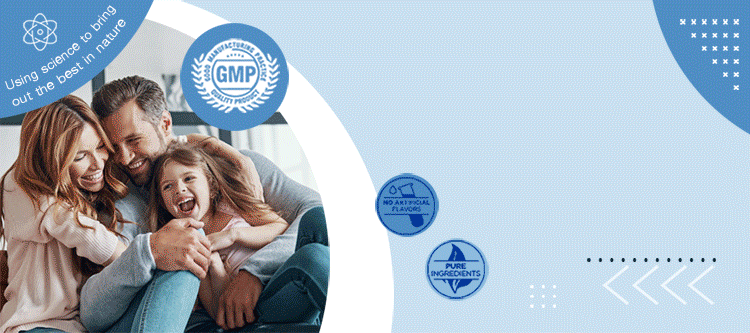Resveratrol
Grape Polyphenol Resveratrol and the Related Molecule 4-Hydroxystilbene Induce Growth Inhibition, Apoptosis, S-Phase Arrest, and Upregulation of Cyclins A, E, and B1 in Human SK-Mel-28 Melanoma Cells.
Larrosa M, Tomas-Barberan FA, Espin JC.
Research Group on Quality, Safety and Bioactivity of Plant Foods, Department of Food Science and Technology, CEBAS-CSIC, P.O. Box 164, 30100 Espinardo, Murcia, Spain.
The effect of the naturally occurring polyphenol resveratrol (3,5,4'-trihydroxy-trans-stilbene; RES) on growth, cell cycle, and cyclins A, E, and B1 expression was investigated in the human SK-Mel-28 melanoma cell line. In addition, the structurally related compounds 4-hydroxy-trans-stilbene (4HST), piceatannol (3,5,3',4'-tetrahydroxy-trans-stilbene (PICE), and 4-trans-stilbenemethanol (4STMe) were also assayed in order to investigate the requirements of stilbenes to exert activity against melanoma cells. Both RES and 4HST inhibited cell growth in a dose- and time-dependent manner and upregulated the expression of cyclins A, E, and B1 with subsequent irreversible arrest of melanoma cells in the S-phase, concomitant with a decrease in G(0)/G(1) and G(2)/M phases. In addition, potent apoptosis-mediated cell death was detected with the annexin V assay whereas no apoptosis was observed by flow cytometry, which encourages the assay of different methodologies to evaluate the effect of polyphenols on cell lines. The effect of PICE was not evaluated because of its instability in the reaction medium. No effect on cell cycle and cyclins expression was observed when 4STMe was assayed, which supported the critical requirement of the 4'-hydroxystyryl moiety to exert the above effects. In addition, this structural requirement also influenced the cellular uptake of stilbenes. The presence of two extra hydroxyl groups in RES increased its cytotoxicity whereas it diminished its efficiency to inhibit cell growth, upregulate cyclins expression, and arrest cell cycle in the S-phase with respect to 4HST. The present study suggests that the antimelanoma properties of dietary stilbenes, such as grape RES, cannot be ruled out, taking into account previous studies concerning the relationship between plasma and tissue concentrations and pharmacological activity of RES in animal models.
PMID: 14705880 [PubMed - in process]

 Multiple effects of green tea
Multiple effects of green tea  Cancer prevention by tea polyphenols
Cancer prevention by tea polyphenols  Radiation induced-tubulogenesis
Radiation induced-tubulogenesis 
 Multiple effects of green tea
Multiple effects of green tea  Cancer prevention by tea polyphenols
Cancer prevention by tea polyphenols  Radiation induced-tubulogenesis
Radiation induced-tubulogenesis